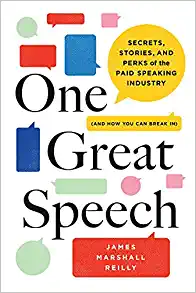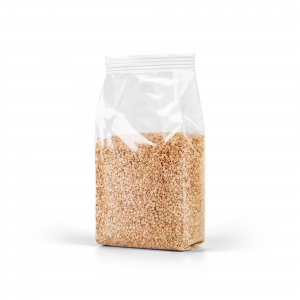In Sustained Blog Marketing, Look for the Overlap
James Marshall Reilly likes to think of the speaking industry as falling into a number of different buckets, including:
- distinguished celebrity
- leadership
- health
- the economy
- gender
- science
- arts
- education
- inspiration
- authors
- technology
- spirituality
- futurism
- sports
The key, Reilly tells speakers looking for engagements, is to start thinking about where your topic will fit, understanding that there will likely be overlap.
At Say It For You, we think overlap is an enormous advantage in blog marketing.
1. Years ago, I remember reading a quote from career coach Nancy Ancowitz. “Effective self-promoting,” she taught, “is finding the overlap between what you have and what your audience wants.” Of course, blogging is the essence of self-promotion, allowing business owners and professional practitioners to find the overlap between what they do and what searchers want.
2. Another way to understand and use overlap in blog marketing has to do with keeping on keeping on. Blogging is a perfect example of a long-term strategy that is too often abandoned due to short-term discouragement. It’s the week-after-week, month-after-month work of creating new, relevant, interesting, and results-producing blog posts that gets many down. Just as Reilly explains to speakers that they can “tweak” their material so that their content is tied to some of the popular topics audiences are interested in hearing about, blog content writers can use precisely the same strategy.
You’re creating content to market bedroom furniture. You can relate that topic to:
- health – lighting, clean-ability, and air quality in a bedroom
- arts – appropriate artwork to display in the bedroom
- technology – thread counts in bed linen
- science – antimicrobial treatment of linens
- gender – studies proving that men and women react differently to smell, sound, and color
- celebrities – Elton John photographed amidst fur blankets in his bedroom on a private plane
For sustained blog marketing, look for the overlap!






Follow us online!